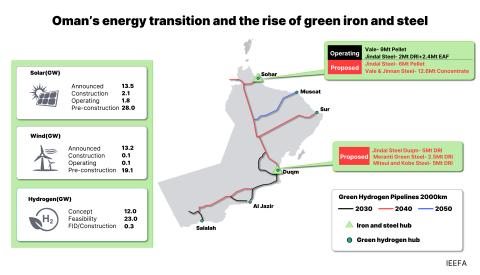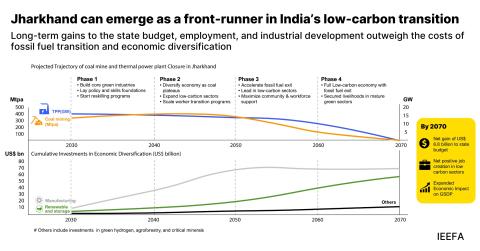Why Navajo Generating Station is no longer commercially viable
Download Full Report
Key Findings
Declining energy market prices and rising production costs have made power produced by the plant more expensive than competing sources.
Market trends are not likely to change, leaving the plant’s financial viability in doubt regardless of who owns it.
The subsidized cost of keeping the plant running from mid-2017 through the end of 2019 will total about $414 million. A five-year bailout plan through mid-2022, as has been suggested, would cost $740 million to $1 billion. Keeping it running until 2030 would require subsidies of $1.4 billion to $2.4 billion.
Executive Summary
The Institute for Energy Economics and Financial Analysis (IEEFA) has done extensive research into the difficult circumstances facing Navajo Generation Station.
IEEFA has concluded also that Kayenta mine in is not likely to find new customers or markets once its sole customer, Navajo Generating Station, closes. The same market conditions that are causing Navajo Generating Station to close have led to the announced retirements of at least 2,500 additional megawatts of coal-fired power in the Southwest.
Coal production at mines in the Southwest U.S. is declining. Production at 20 of the largest coal mines in the four-state region of Arizona, Colorado, New Mexico and Utah decreased from 66 million tons in 2014 to 45 million tons in 2016, a 32 percent decline. Production at Peabody Energy’s three mines in the region (Kayenta, El Segundo (in New Mexico) and Twentymile (in Colorado) dropped from 23 million tons in 2014 to 12.8 million in 2016, a 44 percent decrease.
Please view full report PDF for references and sources.
Press release: Why Navajo Generating Station Is No Longer Commercially Viable














